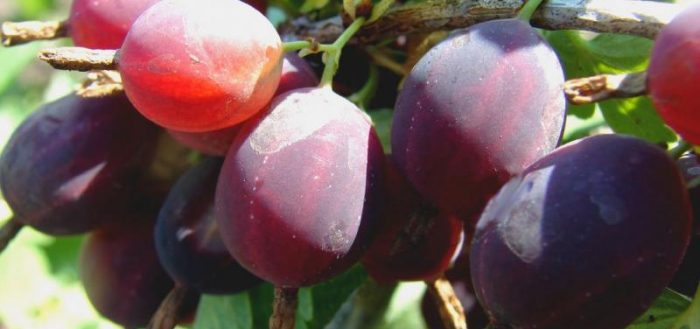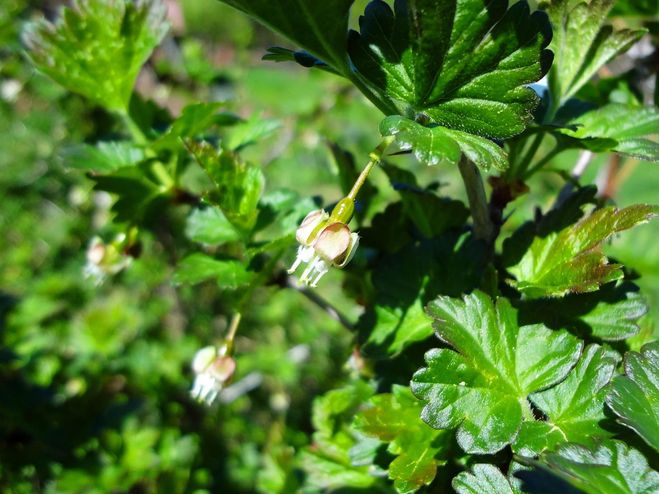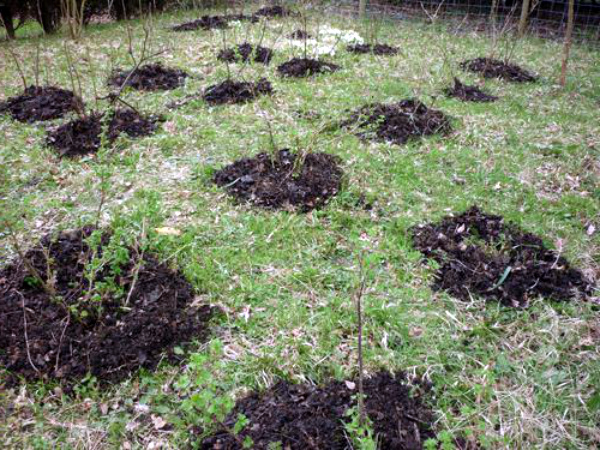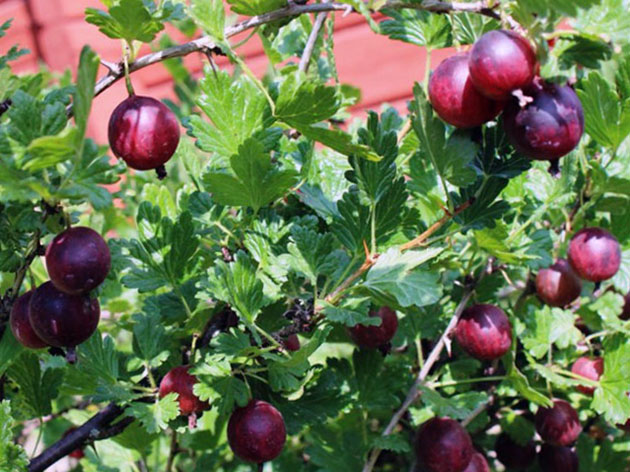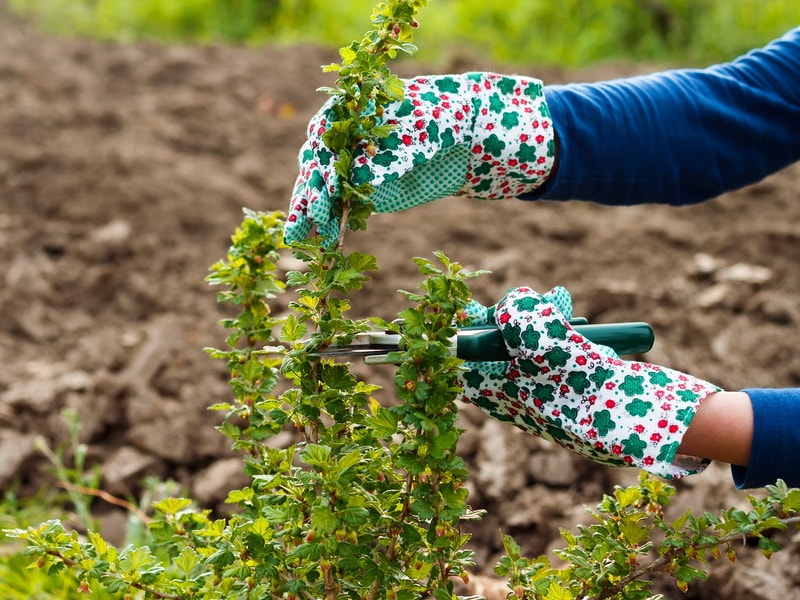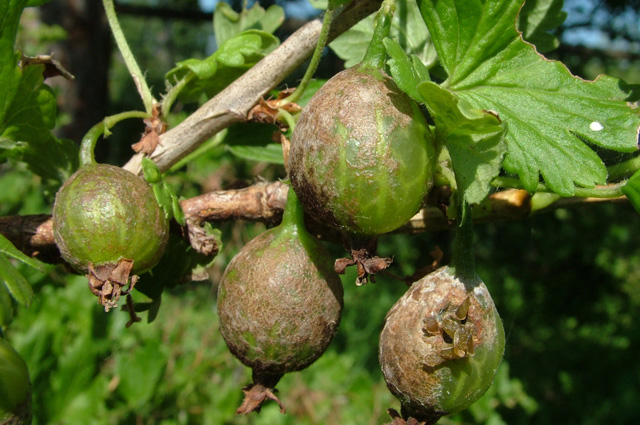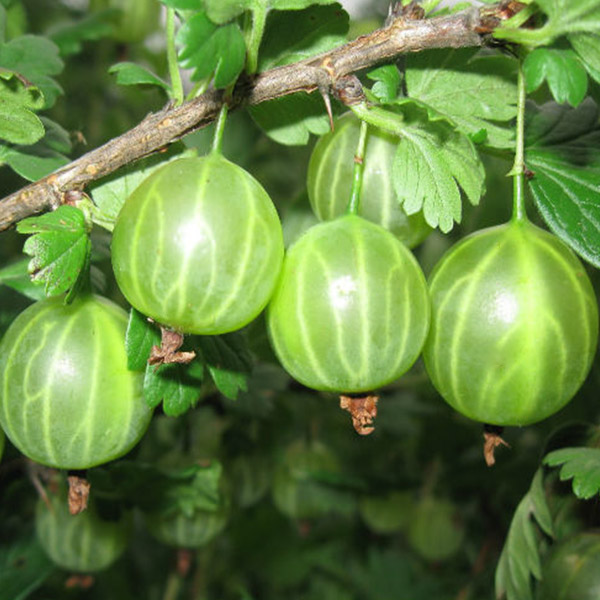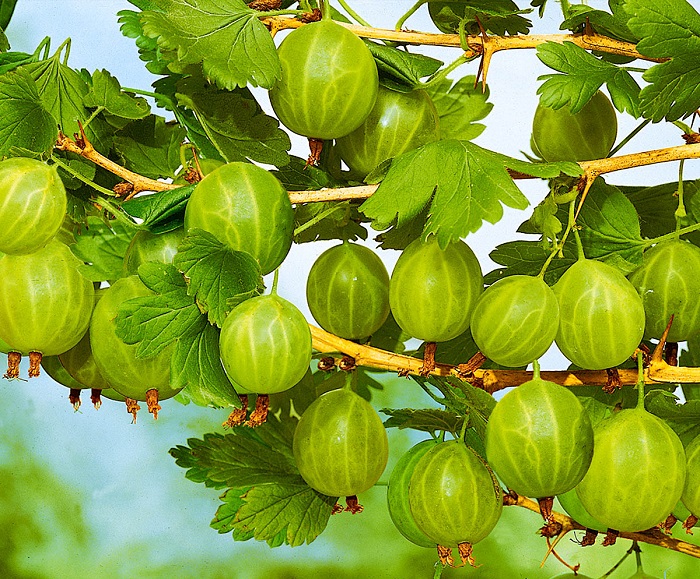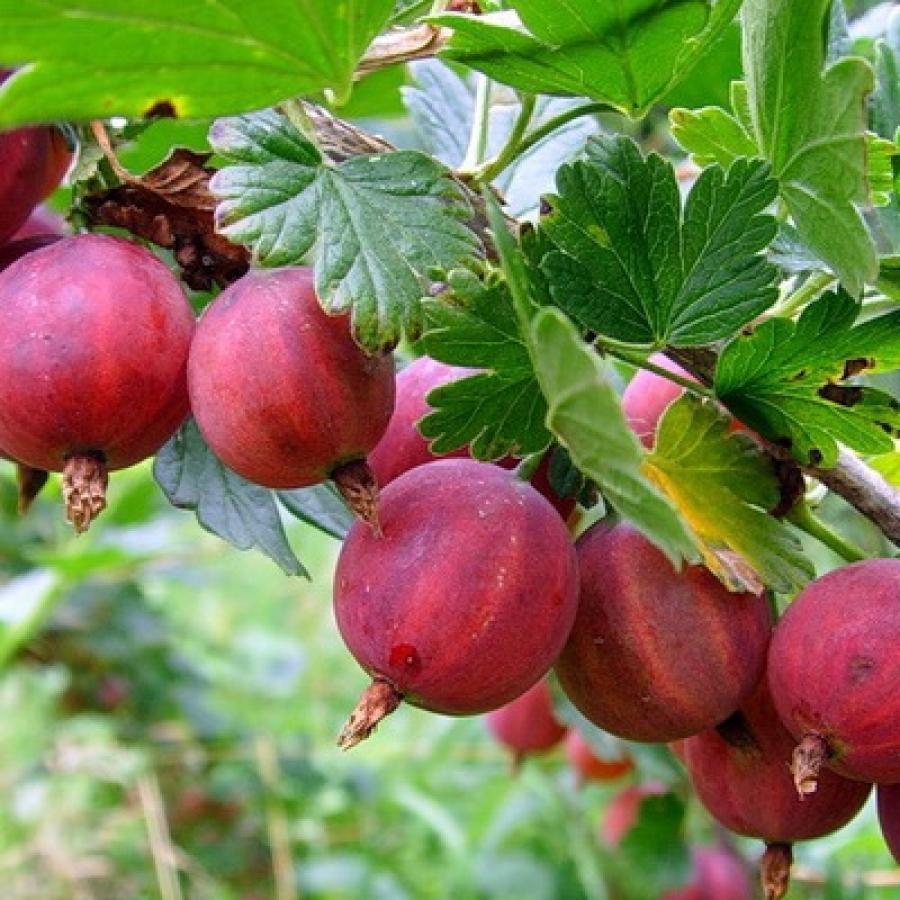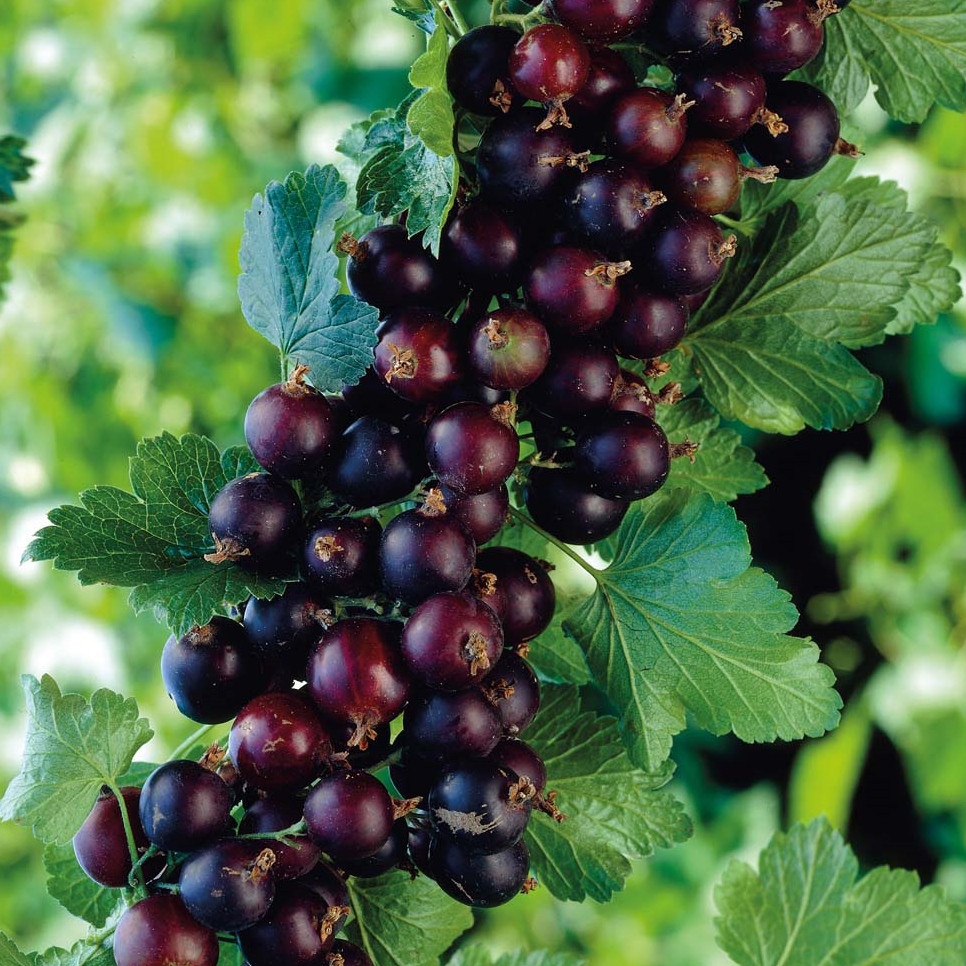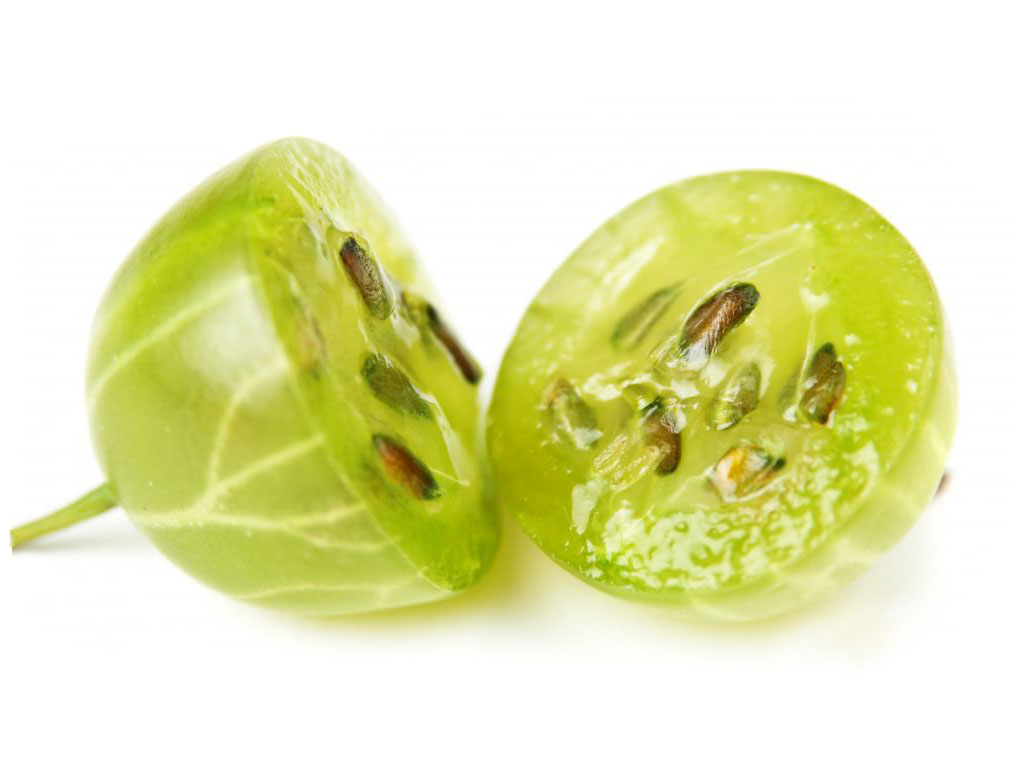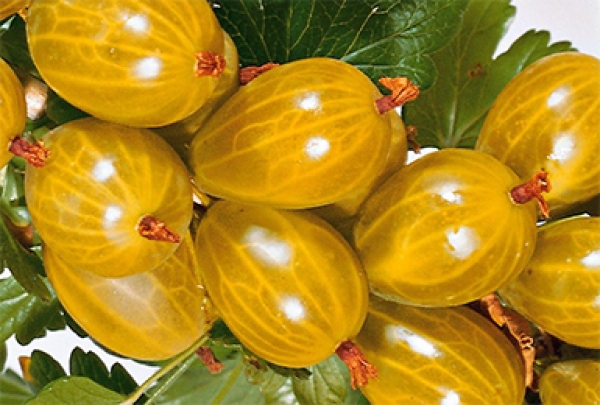Content:
Is there a gardener who does not grow gooseberries on his plot? This berry is also called "Northern Grapes" and is preferred because of its simplicity and regular fruiting. In addition, gooseberries have a pleasant taste, which combines sweetness with moderate sourness. It is eaten both fresh and various desserts are prepared. Popular varieties include the date gooseberry.
The history of the origin of the variety
Gooseberry came to Russia from Europe, in particular from France. It was here that this bush was grown since the thirteenth century, in the 19th - the British made a breakthrough in breeding and growing gooseberries, the climatic conditions of this country made it possible to grow more than one variety of berries. From that time on, it began to spread not only throughout Europe, but America.
Unfortunately, this was the reason why diseases such as powdery mildew and spheroteka began to affect gooseberries. Varietal gooseberries, grown by crossing with wild ones, are immune to these diseases, which cannot be said about Dates. This variety has been cultivated for a long time, and since there is no exact data on its origin, it is considered the "brainchild" of folk selection.
What gooseberry dates look like
For those who want to know what the date gooseberry looks like, we present a description of the variety. Do not think that a palm tree will be described - we are not talking about palm dates, but about an ordinary gooseberry with the name Date. The bush grows tall, sometimes it can reach up to two meters in height. It has sprawling branches, curved in an arc, on which there are thorns. At the same time, the root system is also strong and can go deep into the ground up to two meters.
The leaves of the bush have different shapes, depending on which shoots they are located on. The flowers are medium in size, have small petals and a pale green color. They are located on branches one by one, rarely two.
Ripe berries have an oval-round shape and weigh up to 20 grams. The color of the berry is green with a purple tint. If the bush is located on the sunny side, then the skin color can be much darker, even black. They taste juicy, pleasant, with sourness.
In cooking, berries are used to make jelly, preserves, wine and pickles. At the same time, the most optimal time for canning berries is considered to be the period from late July to mid-August. Due to the dense skin of the gooseberry, it is easy to transport.
Interesting fact. If fresh gooseberry berries are used, it can be kept on the bush for a long time, since it does not fall off after reaching full maturity for three weeks.
The main characteristic of the variety
The gooseberry variety Date belongs to the late-ripening varieties and, depending on the area in which it grows, the berries reach maturity in mid-to-late August. The ovary is formed even if dusting occurs from the flowers of the same bush. At the same time, you can collect up to thirteen kilograms of berries from one bush per year. But gooseberries begin to bear fruit fully only at the age of five.
It is important for the gooseberry to grow in places with a rare planting, otherwise it is affected by the spheroteca disease. At the same time, he is not afraid of frost and can even withstand temperatures of -30 degrees.A powerful root system, which lies two meters in depth, allows the bush to tolerate drought, at the same time, it does not tolerate excess moisture. For this reason, it is important to plant it in places where the groundwater is deep.
Interesting fact. Date gooseberries can fully grow and bear fruit for twenty years or more.
A positive characteristic of gooseberries is that this plant allows the introduction of organic fertilizers, such as humus and manure, under the root system. In addition, most gardeners practice growing crops on a stem or use trellises. Thus, they make it easier for themselves to harvest. In addition, the bush has a neat well-groomed appearance and harmoniously fits into the interior of the garden.
Growing and care
In order for the gooseberry to grow well and give the maximum yield, a large area of land should be allocated for planting it. In this case, it is necessary to choose an area where it will receive a lot of light. Thus, infection with diseases can be prevented, or only the tops of the shoots will be affected. The soil should be well fertilized with organic fertilizers. When choosing a place and area, it is important to take into account the fact that the bush grows tall and spreading, as well as the characteristics of the root system, which also needs space.
The planting process is as follows:
- The landing site should have slightly acidic soil. Otherwise, it must be deacidified. Then the level at which the groundwater is located is determined, they must be below two meters in depth. The best soil for gooseberries is loam or sandy loam soil;
- Rows with gooseberries should be located at a distance of two meters from each other; in a row, it is best to dig holes at a distance of one and a half meters. At the same time, it is desirable that fruit trees do not grow on the site where the Date is grown. Otherwise, their roots will prevent the growth of the root system of the shrub. The pits are dug out to a size of 60x60x50 cm. In this case, 50 centimeters is the depth;
- Each hole must be filled with humus or manure. At the same time, you need to put it in no less than a bucket per hole. Superphosphate and potassium nitrate are also introduced, which can be replaced with ash;
- Since the fertile soil encourages root growth on the surface, it is important for gooseberries to add a little sand to the fertilizer mixture. This will facilitate the penetration of the root system into the depths;
- After planting is complete, the gooseberries are watered abundantly. To do this, use a bucket of water for one bush;
- At the final stage of work on planting gooseberries, they must be mulched in order to retain moisture as long as possible and prevent pests from damaging the plant.
Important! The gooseberry bush can be planted in both autumn and spring. But with autumn planting, the plant has time to take root and take root, and in the spring it only has to actively grow and develop.
Once the gooseberry has been planted in well-fertilized soil, it is no longer fertilized for several years. The care includes only pruning, which must be carried out exclusively in the fall. In the spring, the shrub is rid of dry branches and weak shoots.
If the bush is properly looked after, then it will have branches of different ages. At the same time, shoots will form on them, which will begin to bear fruit in the future. The main branches of the bush are shoots that have reached three years of age. Branches older than seven years must be removed.
In the spring, the shrub is "hardened" from diseases and pests. To do this, pour boiling water over it. Such a shower serves as protection against damage to the plant by powdery mildew and spheroteka.
Naturally, after treatment with boiling water, the bush will still be affected by diseases, but this process will still significantly postpone their onset.
Therefore, to combat the spherotek, the following measures should be taken:
- after the snow melts, the bush must be sprayed with a solution of copper sulfate and Bordeaux liquid in a 1: 1 ratio;
- in the autumn period can be treated with a solution of urea, the ratio is 60: 1;
- infusion of manure in a ratio of 1:10 helps to fight diseases well, while the sediment can be applied as fertilizer.
In order for the gooseberry to grow and develop well, the soil around the bush must be regularly loosened and weeds removed. Thus, the gardener will receive the expected yield and be able to avoid disease damage to the bush. If it was not possible to protect it from the spheroteca, then, first of all, you need to remove the affected shoots, leaves and berries. And only after that, treat the plant with drugs, while adhering to the instructions. In addition, the solutions prepared for treating the shrub must be fresh. Spraying is stopped three weeks before the berries are fully ripe.
Pros and cons of this variety
The advantages that date gooseberries have are:
- the generous harvest that the gardener receives every year;
- excellent taste and aroma;
- the possibility of long-term storage of berries fresh;
- high resistance to frost and drought;
- long vital functioning of the bush.
But, despite all the positive qualities of the berry, it has a number of disadvantages, which should be attributed to:
- the ability to defeat diseases;
- late ripening;
- exactingness to fertilization.
Important! To prevent the plant from getting sick, it must be regularly sprayed with preparations that prevent the development of powdery mildew and spheroteca.
Gooseberry Date is unpretentious in cultivation, but nevertheless, in order to get a generous harvest, it requires compliance with some rules of care, fertilization of the soil and prevention of diseases. Like any other plant, it will thank the gardener with delicious berries and become an adornment of the garden plot.
